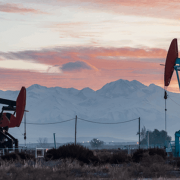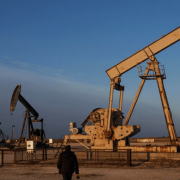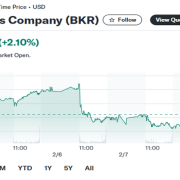Evolution Petroleum Corporation said it is acquiring non-operated oil and natural gas assets in New Mexico. Also in Texas, and Louisiana for a total purchase price of $9 million, subject to customary closing adjustments. Evolution to acquire oil? Read more.
The acquisition is expected to close by the end of Evolution’s third quarter of fiscal 2025. This is with an effective date of February 1, 2025, the company said in a news release.
Evolution said the acquisition expands its asset portfolio with approximately 440 barrels of oil equivalent per day (boepd) of net production. It consists of a balanced commodity mix of 60 percent oil and 40 percent natural gas. It has the the acquired assets primarily being low-decline.
The portfolio consists of approximately 254 gross producing wells across all regions, and the assets will be managed by a top-tier private operator, “ensuring operational efficiency and the ability to maximize value,” Evolution said.
The Acquisition
<p>The company said it intends to finance the acquisition through a combination of cash on hand and borrowings under its existing credit facility.<p>Evolution President and CEO Kelly Loyd said, “This acquisition marks our seventh such transaction in the last 6 years and is another step forward in strengthening our production base – aligns with our disciplined growth strategy by adding high-quality, low-decline production at an attractive valuation, estimated at ~2.8x NTM2 Adjusted EBITDA which doesn’t include any incremental cash flows for upside opportunities. These assets complement our existing portfolio and enhance our ability to generate stable free cash flow, which supports our long-standing commitment to returning capital to shareholders. We see additional upside through reactivations of existing waterfloods and through operational efficiencies, which will further enhance long-term value”.
Click here to read the full article
Source: Rigzone
—
Do you have any questions or thoughts about the topic of evolution to acquire oil? Feel free to contact us here or leave a comment below.










